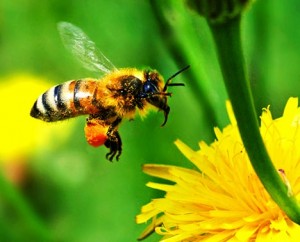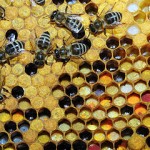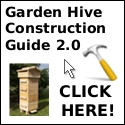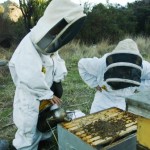 When inspecting a hive there are several things that you should be looking out for and these are summarised below.
When inspecting a hive there are several things that you should be looking out for and these are summarised below.
Evidence that the hive is ‘queen right’
Queen right is the term given to describe a colony of honey bees where the queen bee is present and laying eggs. When inspecting your hive look out for the queen, but if you cannot find her don’t worry. It is not always easy to find the queen especially if the hive has many boxes and large numbers of bees. Ideally you should have your queen marked, which will help you to find her and also to confirm that the queen you have found is your original one and not a replacement.
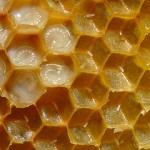
If you cannot find your queen, look for eggs. If you find eggs you know that your queen was at least in your hive a couple of days ago. If you cannot find your queen and you see no eggs, then you have a problem as either the queen is dead or she has stopped laying or is defective in some way and cannot lay.
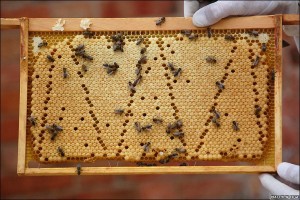 Presence of all stages of brood
Presence of all stages of brood
